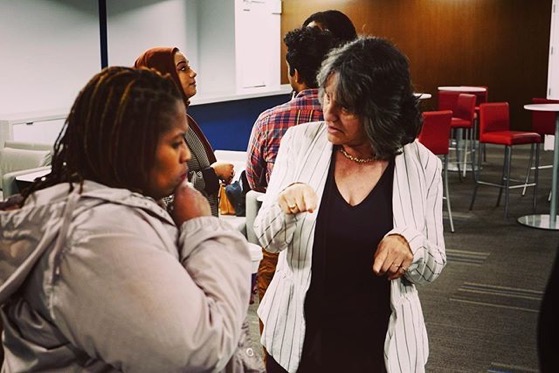Highlighting the articles in the past editions of the Journal of Screenwriting, of which I am the Book Reviews Editor. Hopefully these abstracts will entice you to did a little deeper into the history and future of screenwriting. — Rosanne
Die Filmprimadonna (The Film Primadonna, 1913): A case study of the fiction of a screenplay and the process of filmmaking in German early cinema by Jan Henschen
A case study on Urban Gad’s German shooting script for Die Filmprimadonna (The Film Primadonna, 1913) reviews the screenplay in the production process shortly after the emergence of multiple-reel feature films. In the dramatic story of the rise and fall of a film prima donna, a fictitious screenplay plays an idiosyncratic function in filmmaking that sketches, for the cinematic audience of that time, a specific idea of how and why an appropriate script has to be made. The article offers an analysis of Gad’s preserved script and demonstrates that this screen-idea contrasts with the value and agency of screenplays in the historic mode of production in 1913. Inasmuch as the plot of the movie simply highlights the function of acting, Die Filmprimadonna as a script itself functions as a complex and highly composed agent in the process of filmmaking – as both a narrative and, equally, a production schedule for the film.
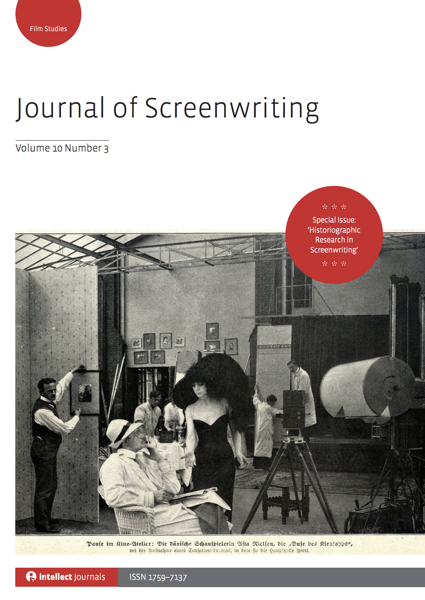
The Journal of Screenwriting is an international double-blind peer-reviewed journal that is published three times a year. The journal highlights current academic and professional thinking about the screenplay and intends to promote, stimulate and bring together current research and contemporary debates around the screenplay whilst encouraging groundbreaking research in an international arena. The journal is discursive, critical, rigorous and engages with issues in a dynamic and developing field, linking academic theory to screenwriting practice.
Get your copy and subscription to the Journal of Screenwriting Today!
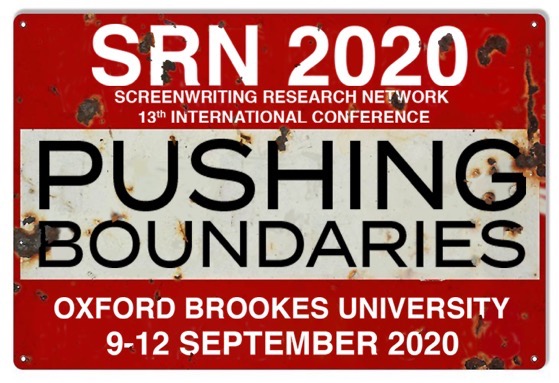
Join me at the Screenwriting Research Network’s Annual Conference in Oxford, UK
* A portion of each sale from Amazon.com directly supports our blogs
** Many of these books may be available from your local library. Check it out!
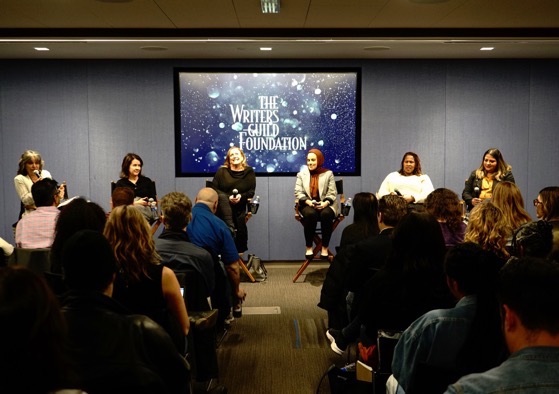

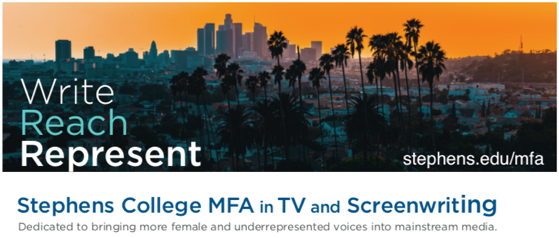

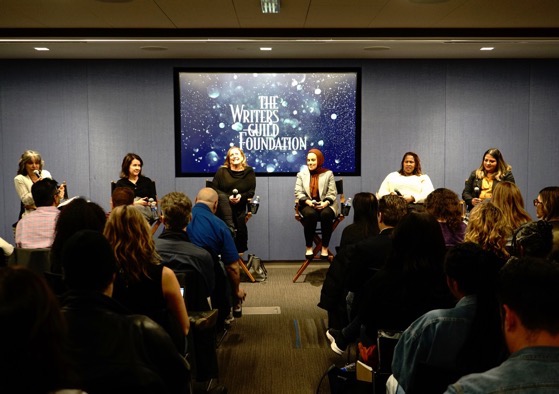
![34 Princess Leia – Part 2 from The Sisterhood of Science Fiction – Dr. Rosanne Welch [Video] (1 minute 9 seconds)](https://rosannewelch.com/wp-content/uploads/2020/01/scifi-rmw-cpp-34.jpeg)



![36 Leigh Brackett from “When Women Wrote Hollywood” with Dr. Rosanne Welch [Video] (47 seconds)](https://rosannewelch.com/wp-content/uploads/2020/01/csuf-rmw-w3h-36.jpeg)

